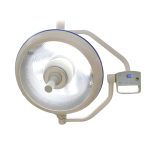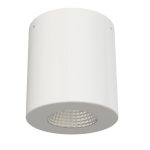Sleep Better with the Right LED Light Color: Discover Which Hue is Best
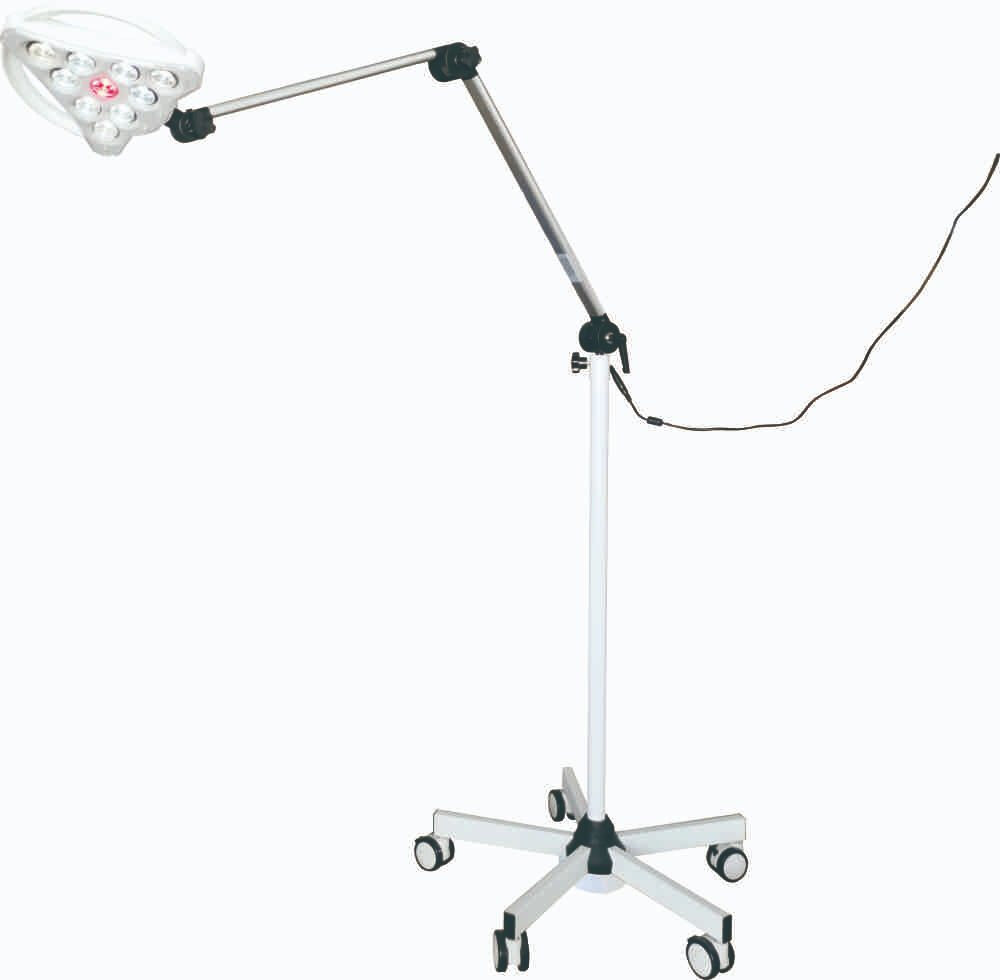
Getting a good night’s sleep is essential for our physical and mental well-being. However, with our busy lifestyles and constant exposure to artificial light, it can be difficult to achieve restful and rejuvenating sleep. The color of the light we are exposed to is a crucial factor that affects our sleep quality. Recent studies have shown that certain hues of LED lights can help us sleep better and wake up feeling refreshed. In this article, we will explore the science behind LED light colors and their impact on sleep, and help you discover which hue is best for a good night’s sleep. LED lights have become increasingly popular in recent years due to their energy efficiency and long lifespan. However, not all LED lights are created equal, and their color temperature can significantly impact our sleep. The color temperature of a light source is measured in Kelvin (K), and it determines whether the light appears warm or cool. Warm light has a lower Kelvin temperature, while cool light has a higher Kelvin temperature. In general, warm light is considered more relaxing and conducive to sleep, while cool light is more stimulating and energizing. By understanding the science behind LED light colors, you can choose the right hue to improve your sleep quality and overall health.
Getting enough sleep is essential for maintaining good physical and mental health. Lack of sleep can affect cognitive functions, such as attention, memory, and decision-making, leading to decreased productivity and poor performance in daily activities. It can also weaken the immune system, making individuals more susceptible to illnesses and diseases. Additionally, sleep deprivation can lead to mood disorders, such as anxiety and depression. Therefore, it is crucial to prioritize getting enough sleep by creating a conducive sleeping environment, such as using the right LED light color, to promote relaxation and improve sleep quality.
Artificial light has a significant impact on sleep quality, especially the blue light emitted by electronic devices and LED bulbs. Exposure to blue light suppresses the production of melatonin, a hormone that regulates sleep-wake cycles, leading to difficulty falling asleep and staying asleep. This disruption of the circadian rhythm has been linked to various health problems, including obesity, diabetes, and depression. However, the use of warmer and dimmer light, such as amber or red, can help promote the production of melatonin and improve sleep quality. It is essential to choose the right LED light color to enhance restful sleep and maintain overall health and well-being.
What is the Right LED Light Color for Sleep?
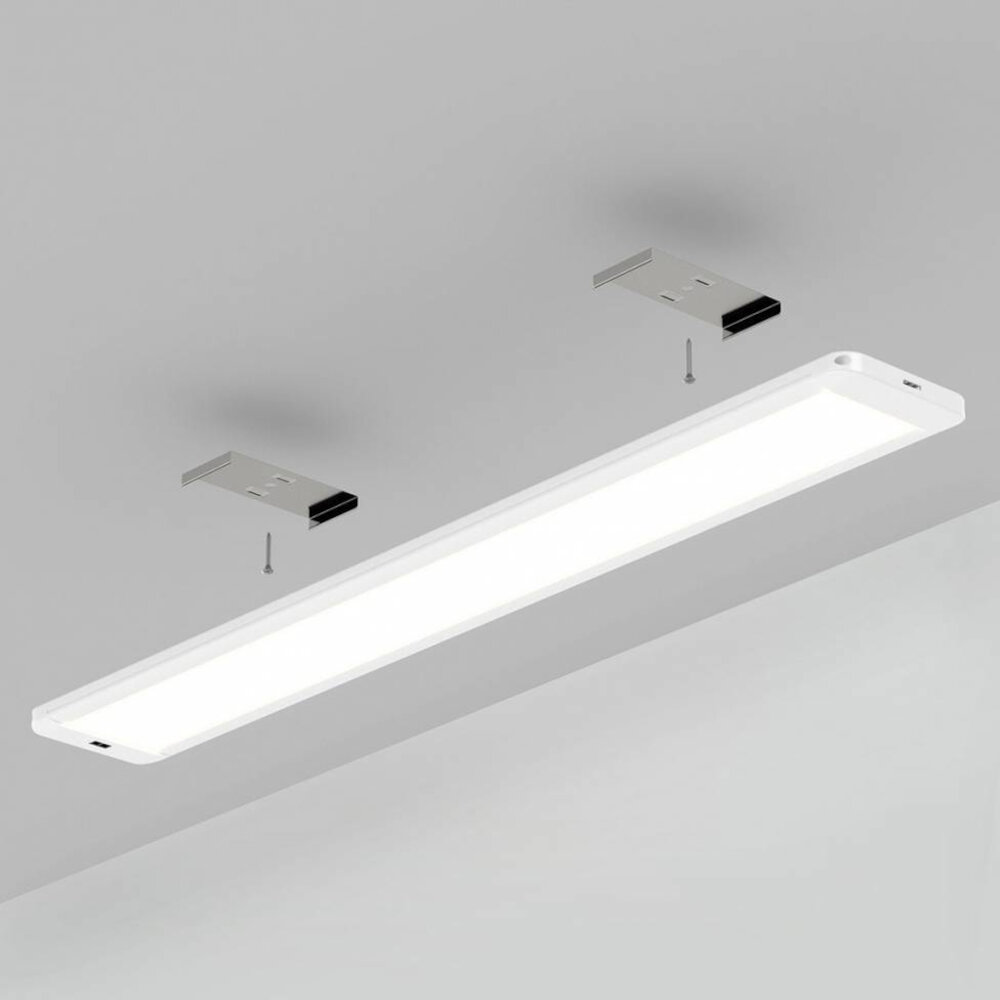
The right LED light color for sleep is an important factor to consider if you are looking to improve your sleep quality. LED lights have become a popular lighting option for many homes due to their energy efficiency and longevity. However, the bright and harsh light emitted by some LED bulbs can interfere with your body’s natural sleep cycle. It is recommended to opt for LED lights that emit warm or soft white light as they are considered the best for promoting relaxation and sleep. These types of lights have a lower color temperature, which helps to create a calming and soothing atmosphere in the bedroom. They are also less likely to disrupt your body’s natural circadian rhythm. Studies have shown that exposure to blue light, which is commonly emitted by electronic devices and some LED lights, can suppress the production of the sleep hormone melatonin. Melatonin is responsible for regulating sleep-wake cycles, and a decrease in its production can lead to difficulty falling asleep and poor sleep quality. Therefore, it is important to avoid LED lights that emit blue light, especially in the evening. Instead, opt for warmer colors such as yellow, orange, or red, which have a longer wavelength and do not interfere with the body’s melatonin production. By choosing the right LED light color for sleep, you can create a more relaxing and comfortable environment that promotes better sleep and overall health.
LED lights come in a variety of colors that can affect our mood and sleep. Blue light, for instance, is known to suppress melatonin production and keep us alert. It’s ideal for use in the morning and midday when we need to be alert and focused. On the other hand, red light has the opposite effect and is more relaxing. It’s perfect for use in the evening and nighttime when we want to wind down and prepare for sleep. Green light is also calming and is often used in therapy sessions to reduce anxiety and stress. Yellow light is warm and cozy, making it ideal for creating a relaxing atmosphere in the bedroom. Finally, white light can be customized to different temperatures, from cool to warm, depending on your preference. Overall, choosing the right LED light color can help regulate our circadian rhythm and improve our sleep quality.
The impact of blue light on sleep quality has been a topic of discussion for quite some time now. It is well-known that blue light is emitted by electronic devices such as smartphones, laptops, and tablets, and exposure to this type of light can disrupt the body’s natural sleep-wake cycle. Studies have shown that exposure to blue light can suppress the production of melatonin, a hormone that regulates sleep, making it harder for people to fall asleep and stay asleep. However, with the right LED light color, it is possible to reduce the impact of blue light on sleep quality. By choosing warmer hues such as red, orange, or yellow, individuals can create a more relaxing and calming environment that promotes better sleep.
The optimal color temperature for sleep is between 2700K and 3000K, which is classified as a warm white light. This color temperature helps to create a relaxing and calming environment that prepares the body for sleep. As the sun sets, our body naturally starts to produce melatonin, which is the hormone that regulates our sleep-wake cycle. Warm white light helps to promote the production of melatonin by mimicking the natural light of the sunset. In contrast, blue light, which is often emitted by electronic devices and some LED lights, can suppress the production of melatonin and disrupt our sleep patterns. Therefore, it’s important to choose the right color temperature for your LED lights to ensure a good night’s sleep.
How to Choose the Right LED Light Color
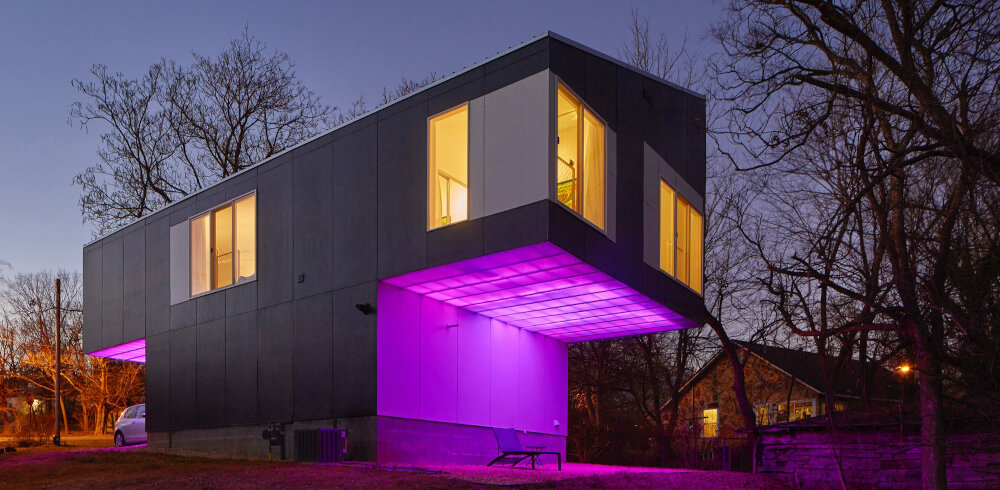
Choosing the right LED light color can significantly impact the quality of your sleep. Different LED light colors have varying effects on the human body, and selecting the right hue is essential to get a good night’s sleep. The blue light emitted by LED lights mimics daylight, which can disturb the body’s natural sleep-wake cycle. Prolonged exposure to blue light can interfere with the production of melatonin, a hormone responsible for regulating sleep. Therefore, it is best to avoid blue light before bedtime and opt for warmer tones such as red or orange. Another factor to consider while choosing the right LED light color is the purpose of the room. If you want to create a relaxing ambiance in your bedroom, warm yellow or orange hues can help induce sleep. In contrast, cool white light is ideal for task-oriented rooms such as study or office spaces. Furthermore, dimming the LED lights can also help create a soothing and calming environment, promoting restful sleep. With a plethora of options available to choose from, it is crucial to select the right LED light color for your specific needs to ensure a peaceful and rejuvenating slumber.
Choosing the right LED light color for your sleep needs is crucial for a good night’s rest. The color temperature of light affects the body’s production of melatonin, a hormone that regulates sleep-wake cycles. Blue light, commonly emitted by electronic devices and cool-toned LED lights, suppresses melatonin production, making it difficult to fall asleep and stay asleep. On the other hand, warm-toned LED lights with a color temperature of 2700K to 3000K simulate the natural sunset, promoting relaxation and melatonin production. This makes them an optimal choice for bedrooms and other areas where you want to wind down and prepare for sleep. Being mindful of LED light color temperature can help you create a sleep-friendly environment and improve the quality of your rest.
When it comes to choosing the right LED light color, there are several factors to consider. The first is the purpose of the lighting. If you are using LED lights for a relaxing atmosphere, warm white or yellow hues are ideal. Blue and cool white hues are better suited for task lighting and workspaces. Another important factor to consider is the time of day. Warmer hues are more conducive to relaxation and sleep, while cooler hues are better for daytime use. It’s also important to consider personal preference and the ambiance you want to create in your space. Ultimately, choosing the right LED light color can have a significant impact on your mood, productivity, and overall well-being.
Choosing the right LED light color is crucial for a good night’s sleep. Blue light can disrupt your circadian rhythm and make it difficult to fall asleep, while warmer colors can help you relax and prepare for rest. When selecting LED lights, consider the color temperature, measured in Kelvin. Lower Kelvin temperatures produce warmer, more yellow or orange hues, while higher temperatures produce cooler, blue-white hues. Opt for bulbs with a color temperature of 2700K-3000K for a cozy, relaxing feel in the bedroom. If you prefer to read in bed, choose a bulb with a color temperature around 4000K for a brighter, more natural light that won’t strain your eyes. By selecting the right LED light color, you can create a peaceful and restful environment that promotes healthy sleep habits.
Benefits of Using the Right LED Light Color for Sleep
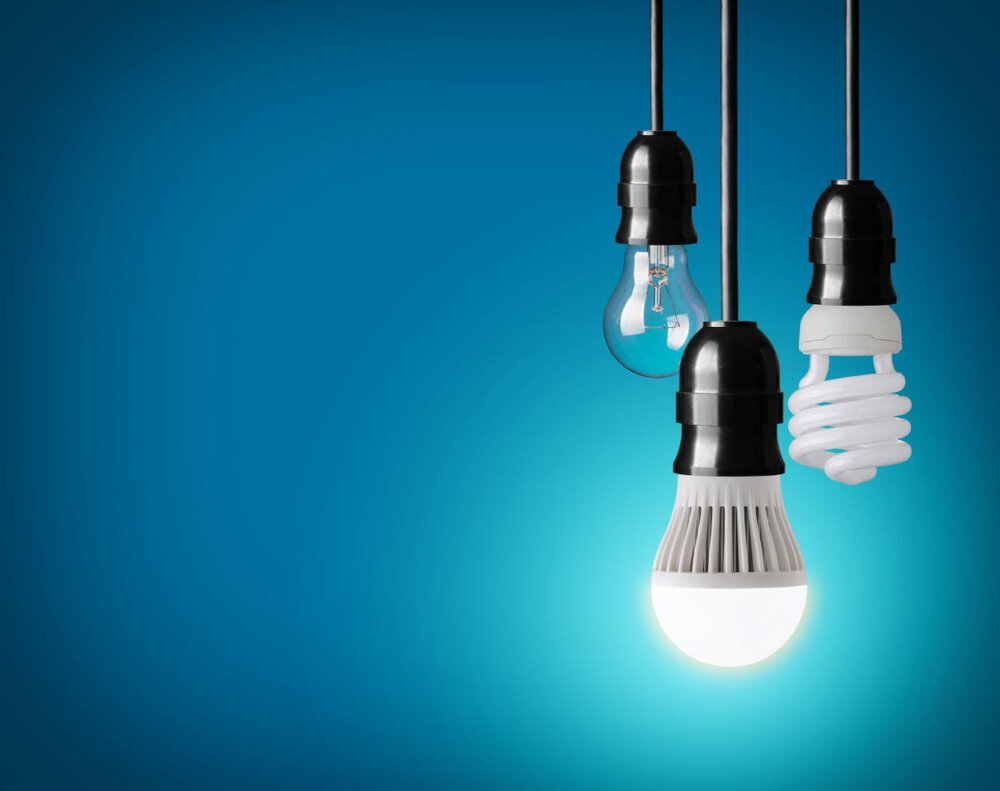
Using the right LED light color for sleep can have a multitude of benefits on your overall health and well-being. One of the most significant benefits is the regulation of your body’s natural circadian rhythm. Your circadian rhythm is your body’s internal 24-hour clock that regulates your sleep and wake cycles. By using the right LED light color, you can help regulate this rhythm and promote a better night’s sleep. For example, blue light has been shown to suppress melatonin production, a hormone that promotes sleep, while warm white light can help promote relaxation and signal to your body that it’s time to wind down and prepare for sleep. By choosing the right LED light color, you can work with your body’s natural processes to promote better, more restful sleep. Another benefit of using the right LED light color for sleep is that it can reduce the negative effects of blue light exposure. Blue light exposure, especially in the evening and nighttime hours, has been linked to disrupted sleep and even depression. However, by using warm white or amber-colored LED lights, you can minimize the impact of blue light exposure and promote a more relaxing and calming environment. Additionally, LED lights are energy-efficient and can save you money on your energy bills while also promoting better sleep. By choosing the right LED light color, you can not only improve your sleep but also create a more comfortable and energy-efficient environment in your home.
Using the right LED light color for sleep can have numerous benefits on our sleep cycle and quality. The blue light emitted by electronic devices and certain LED bulbs can suppress the production of melatonin, the hormone responsible for regulating our sleep-wake cycle. By using warmer hues of LED light, such as yellow or amber, we can create a calming and relaxing atmosphere that promotes the release of melatonin, making it easier to fall asleep and stay asleep. Additionally, the use of dimmer LED bulbs can simulate the gradual sunset, signaling to our bodies that it’s time to wind down and prepare for sleep. By prioritizing the right LED light color and brightness, we can improve our sleep hygiene and prioritize our overall health and well-being.
The impact of using the right LED light color on sleep quality is significant. Studies have shown that exposure to blue-white light, which is commonly emitted by electronic devices and traditional LED bulbs, can disrupt the body’s natural sleep-wake cycle and suppress melatonin production. On the other hand, warm white or amber LED lights have been found to be more conducive to sleep as they mimic the natural spectrum of sunset and promote relaxation. In addition, some LED lights come with features that can adjust the color temperature based on the time of day, gradually shifting from bright daylight to warm evening tones, assisting in maintaining a healthy sleep-wake cycle. By selecting the appropriate LED light color, one can significantly improve sleep quality and overall well-being.
Choosing the right LED light color is crucial for maintaining overall health, especially when it comes to sleep. The blue light emitted by electronic devices disrupts the production of melatonin, the hormone responsible for regulating sleep-wake cycles. Exposure to blue light at night can result in difficulty falling asleep, insomnia, and even depression. However, using warm, amber-colored LED lights can help promote relaxation and improve sleep quality by mimicking the natural hues of sunset. Additionally, choosing LED lights with adjustable color temperatures can help regulate circadian rhythms and promote healthy sleep patterns. By selecting the right LED light color, individuals can enhance their overall well-being and improve their quality of life.
Getting enough sleep is essential for maintaining good health and well-being. Lack of sleep can have negative impacts on cognitive function, mood, and physical health. It can also increase the risk of accidents and injuries. Sleep is crucial for the body to repair and regenerate itself, and it is essential for maintaining a healthy immune system. Research has shown that exposure to the right LED light color can help regulate circadian rhythms and promote better sleep. By choosing the right hue for your LED light bulbs, you can improve your sleep quality, enhance your mood, and boost your overall health and well-being.
The impact of artificial light on sleep quality can be significant, as exposure to certain types of light can disrupt the body’s natural sleep-wake cycle. Blue light, which is emitted by many electronic devices and LED lights, is particularly problematic as it suppresses the production of melatonin, a hormone that helps regulate sleep. This can make it difficult to fall asleep and stay asleep throughout the night. However, by choosing the right LED light color, it is possible to mitigate the negative effects of artificial light on sleep quality. Warm, amber-colored lights are ideal for use in the evening as they promote relaxation and help to signal the body that it is time to wind down and prepare for sleep.
After exploring the effects of different LED light colors on sleep, it’s evident that choosing the right hue can greatly improve the quality of sleep. Blue light, for example, should be avoided at night because it suppresses melatonin production, leading to disrupted sleep patterns. On the other hand, using warmer colors such as red, orange, and yellow at night can promote relaxation and help individuals fall asleep faster. Additionally, using dimmer and warmer lighting in the evening can signal to the body that it’s time to wind down and prepare for sleep. By being mindful of the LED light colors we expose ourselves to, we can create a sleep-inducing environment and wake up feeling refreshed and energized.
Conclusion
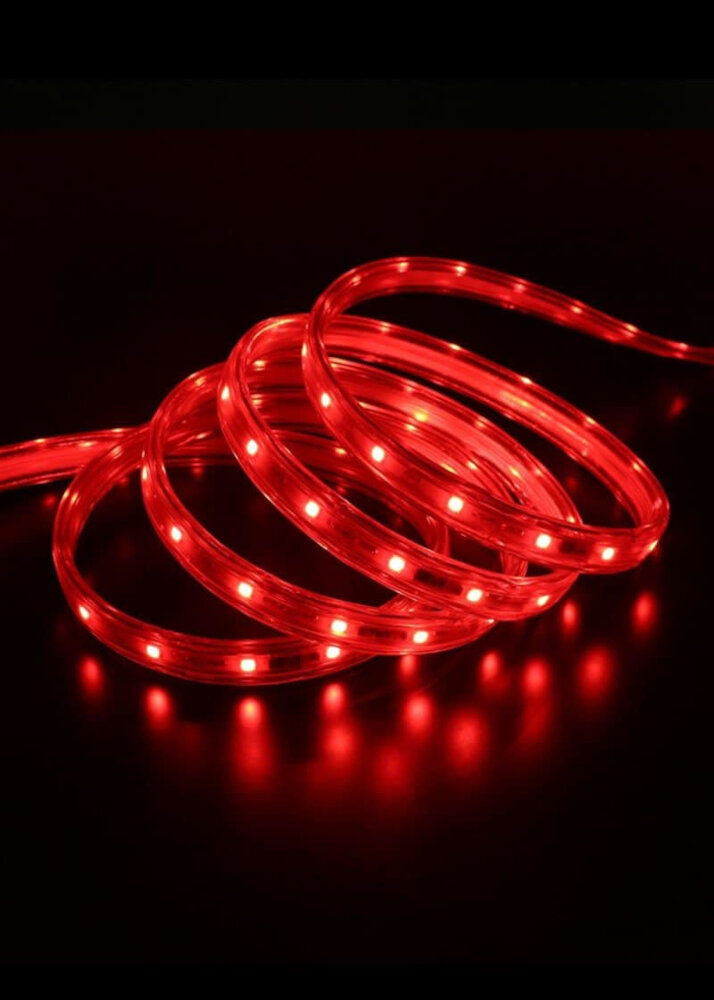
In conclusion, the right LED light color can significantly improve the quality of our sleep. By choosing the appropriate hue, we can regulate our circadian rhythm and promote relaxation, ultimately leading to a more restful night’s sleep. Blue light should be avoided before bedtime as it can suppress melatonin production, while warmer colors such as yellow and red can enhance melatonin secretion and induce drowsiness. It is important to consider the color temperature and brightness of our LED lights and adjust them accordingly to optimize our sleep environment. With a little mindfulness and attention to detail, we can transform our bedrooms into a sanctuary of rest and rejuvenation, allowing us to wake up feeling refreshed and energized every day.

